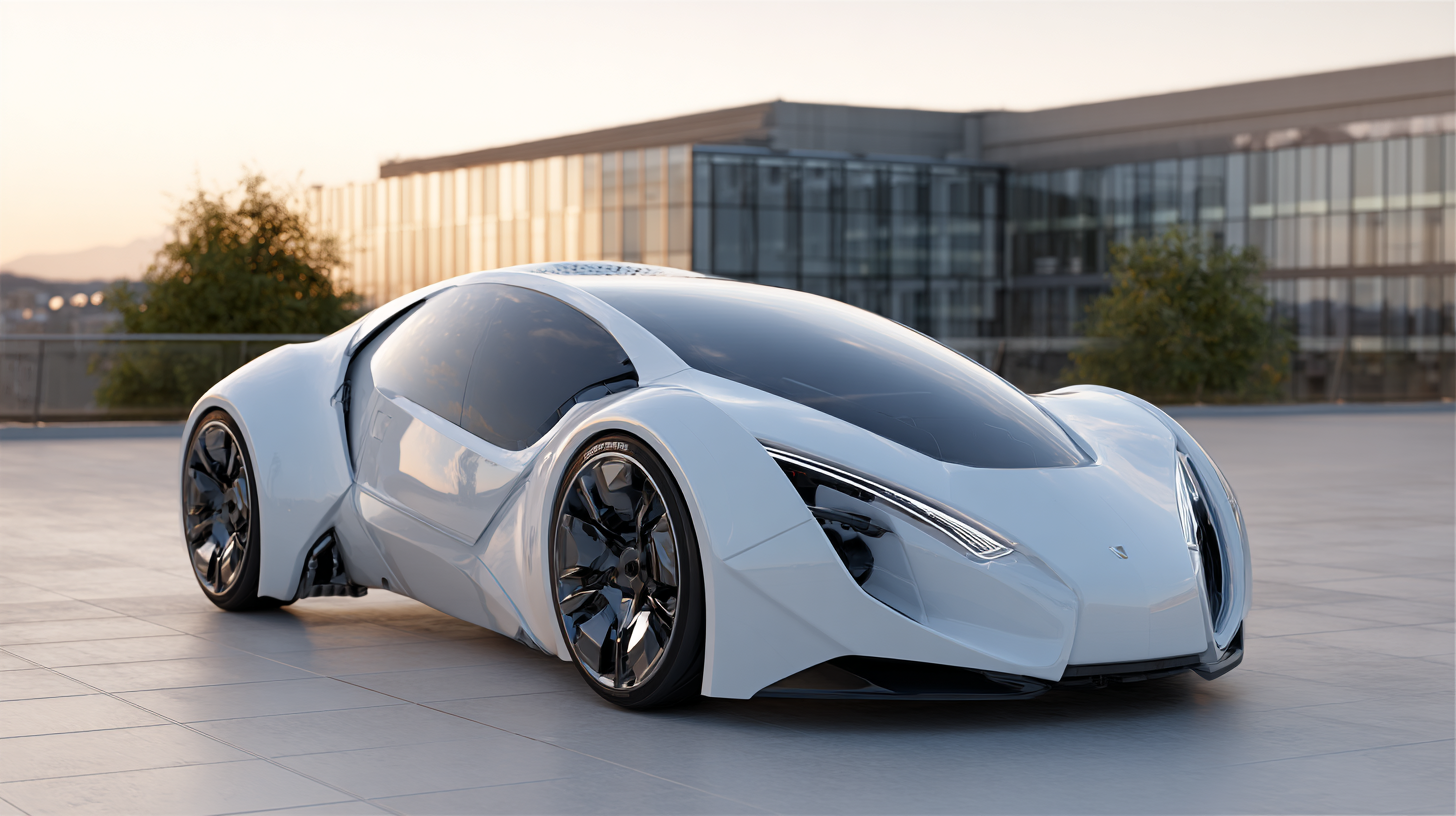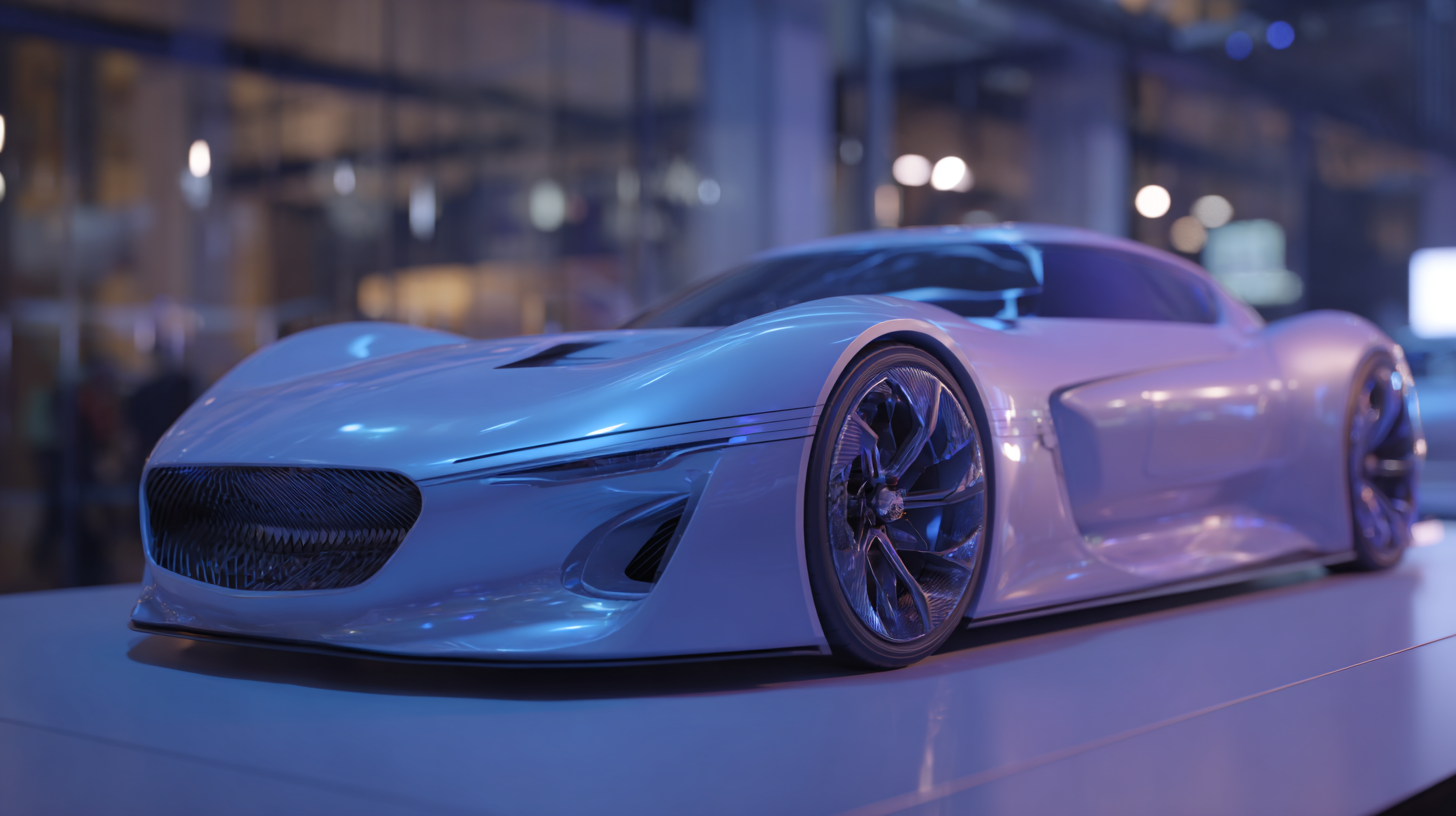Leave Your Message
As the automotive industry navigates the complex landscape of technological advancements and environmental sustainability, the future of car models is increasingly intertwined with innovative, eco-friendly solutions. According to a recent report by the International Energy Agency (IEA), electric vehicles (EVs) are projected to account for nearly 60% of new car sales by 2030, significantly driving the shift towards sustainable transportation.

Furthermore, the shift towards sustainability is supported by the adoption of renewable energy sources and improved battery technologies, which enhance vehicle efficiency and reduce carbon footprints. This alignment of market trends and consumer preferences urges manufacturers to invest in developing car models that not only meet regulatory standards but also align with the growing demand for sustainable choices.
With the global push for net-zero emissions and rising awareness of climate change, car models that integrate advanced sustainable technologies are positioned to redefine mobility in the coming decades.
The importance of sustainable technologies in automotive design is increasingly evident as cities like Shenzhen are integrating advanced systems into their transportation frameworks. With the implementation of the Comprehensive Three-Dimensional Traffic Network Plan (2024-2035), Shenzhen aims to enhance urban mobility while reducing environmental impact. This plan represents a commitment to modernizing the infrastructure with sustainable practices, providing a model for how cities can leverage technology to improve the quality of life for residents.
As the automotive industry evolves, the integration of sustainable technologies is not merely an option but a necessity for long-term viability. This shift is reflected in various regional strategies, such as the emphasis on green manufacturing in Yunnan Province, which aligns with national goals for carbon neutrality and ecological conservation. By prioritizing energy-efficient production processes and innovative materials, automotive design can contribute to a more sustainable future while meeting the growing demand for environmentally responsible vehicles.
The automotive industry is at the forefront of innovation as it explores sustainable technologies to reduce environmental impact. Innovative materials are playing a pivotal role in this transformation, enabling manufacturers to create lighter, more efficient car models. For instance, the use of bio-based plastics derived from renewable resources not only cuts down on fossil fuel dependency but also reduces greenhouse gas emissions during production. These materials are becoming increasingly popular in vehicle interiors and exteriors, providing both aesthetic and functional benefits.
Another significant advancement is the integration of advanced composites, such as carbon fiber and natural fiber composites, which offer enhanced strength-to-weight ratios. This innovation allows for the development of electric and hybrid vehicles that can achieve longer ranges with lower energy consumption. Furthermore, sustainability is extended through recycling initiatives, where older cars are dismantled, and materials are repurposed into new vehicles. This closed-loop system not only minimizes waste but also promotes a circular economy within the automotive sector, showcasing how innovative materials are essential for shaping the future of car models.

The rise of electric and hybrid vehicles marks a crucial step towards sustainability in the automotive industry. These vehicles offer a greener alternative to traditional gasoline-powered cars, significantly reducing greenhouse gas emissions during operation. While the production of electric vehicle (EV) batteries can result in higher initial carbon footprints compared to their gasoline counterparts, the overall lifecycle emissions are more favorable once these vehicles are on the road. This shift challenges the misconception that the environmental benefits of EVs are outweighed by energy sources used for charging.
Furthermore, the implementation of electric and hybrid technologies contributes to broader sustainability efforts, including urban planning and smart mobility solutions. Companies are increasingly adopting electric fleets as part of their decarbonization strategies, recognizing the long-term financial and environmental benefits. However, it is essential to address the environmental impact associated with battery production to ensure a genuinely sustainable approach. Innovating sustainable manufacturing practices and focusing on cleaner energy sources for production can enhance the positive effects of EV adoption, paving the way for a cleaner future in transportation.
The integration of smart technology in car models is revolutionizing the way we approach eco-friendly driving. According to a report from the International Energy Agency (IEA), electric vehicles (EVs) are projected to constitute 30% of global car sales by 2030, highlighting a pronounced shift towards sustainability in personal transportation. Smart technology enables drivers to maximize the efficiency of their vehicles, with features such as predictive energy management systems and real-time data analytics that enhance fuel efficiency and reduce emissions.
Furthermore, advancements in connected vehicle technology allow for greater integration with smart city infrastructures. A report by McKinsey & Company indicates that by 2025, connected vehicles could reduce traffic congestion by up to 15%, further contributing to decreased air pollution. Enhanced navigation systems that provide alternative routes in real-time not only save time but also lower emissions. This integration of technology and sustainability is paving the way for a greener automotive future, where the driving experience is not only smarter but also significantly more environmentally friendly.

As organizations strive for climate stability, the trajectory of the automotive market is rapidly evolving. Government and private entities are unveiling numerous initiatives aimed at achieving a sustainable future. These initiatives are instrumental in promoting green technologies and sustainable practices, encouraging manufacturers to innovate and adapt their business models. The focus has shifted towards electrification, increased fuel efficiency, and the development of alternative power sources, which are all vital to reducing carbon emissions in the automotive sector.
The recent release of the 2024 oil and gas industry development report by an economic research institute underscores this transition. It highlights the growing integration of sustainable technologies within the automotive industry, projecting trends that underscore a shift towards environmentally friendly car models. With upcoming regulations and market demands pushing for sustainability, manufacturers must pay close attention to consumer preferences that increasingly favor eco-friendly vehicles. The response to these trends will be crucial in shaping the future of car models, ensuring they align with broader climate goals while capturing market interest.
| Sustainable Technology | Trend Impact | Projected Adoption Rate (%) | Estimated Cost Savings ($) | Projected Year of Popularity |
|---|---|---|---|---|
| Electric Powertrains | High demand for zero-emission vehicles | 75% | 2,000 | 2025 |
| Hydrogen Fuel Cells | Increased interest in alternative fuels | 50% | 1,500 | 2030 |
| Recyclable Materials | Growing focus on circular economy | 60% | 300 | 2028 |
| Autonomous Driving Technology | Increased safety and efficiency | 70% | 1,200 | 2035 |






